Now that the government has passed a second stimulus package, it's time to prepare for the second check you'll be receiving sometime in 2021. The better prepared you are now, the more likely you are to receive the check quickly and spend it wisely.
Here are a few ways to plan now:
1. Check to see if the IRS has your correct direct deposit information.
The fastest way to receive a stimulus payment will likely be through direct deposit into your bank account. Visit the IRS website to make sure your direct deposit information, including routing number, account number, and account type, is correct. You can view this information at www.irs.gov/coronavirus/get-my-payment.
If the information is correct, your check will be deposited directly into that account. If it's not (for example, you closed the account the IRS has on file), the financial institution will reject the payment and the IRS will mail a check to you at the address they have on file.
You can only make a change to your routing and account numbers on a tax return; for security reasons, the IRS won't let you make these changes on their website or through the mail. You'll need to wait until you file your 2020 tax return in 2021.
2. Confirm that your identifying information, including address, is up to date.
If you have moved recently, you can update your status through the IRS's a variety of ways. Learn more here. Be sure that you've provided your new address to the postal service as well.
3. Keep your tax paperwork handy.
This will be your quickest way to determine if you meet the income requirements and how much you should receive. The previous payments factored in how you filed — jointly, individually or head of household, for example — and set maximum income levels for receiving the full amount. The number of dependents you claim may also be a factor in how much you can expect if there's a second round of stimulus checks.
4. Consider now how best to use the money.
Before the cash is in your hand or, preferably, your bank account, avoid potential temptation by making a spending plan now. Housing and food expenses are, of course, crucial, and should be your first priority, But if you have already have that covered, consider your most burdensome payment, perhaps a high-interest credit card. Putting money down on that card can reduce your current balance and save you from paying more interest. That’s a win/win and well worth considering. If your expenses, including high-interest debt, are under control, you could also boost your emergency savings fund with the money you receive.
It’s not too early to prepare. Especially when times are tight, making the most of the payment will help you better weather the financial storm.
Download our free Financial First Aid Guide! It'll walk you through the best ways to manage your money during uncertain times. We’ll show you how to take inventory and review all your expenses, assess your debts, prioritize bills and communicate with creditors, and so much more!

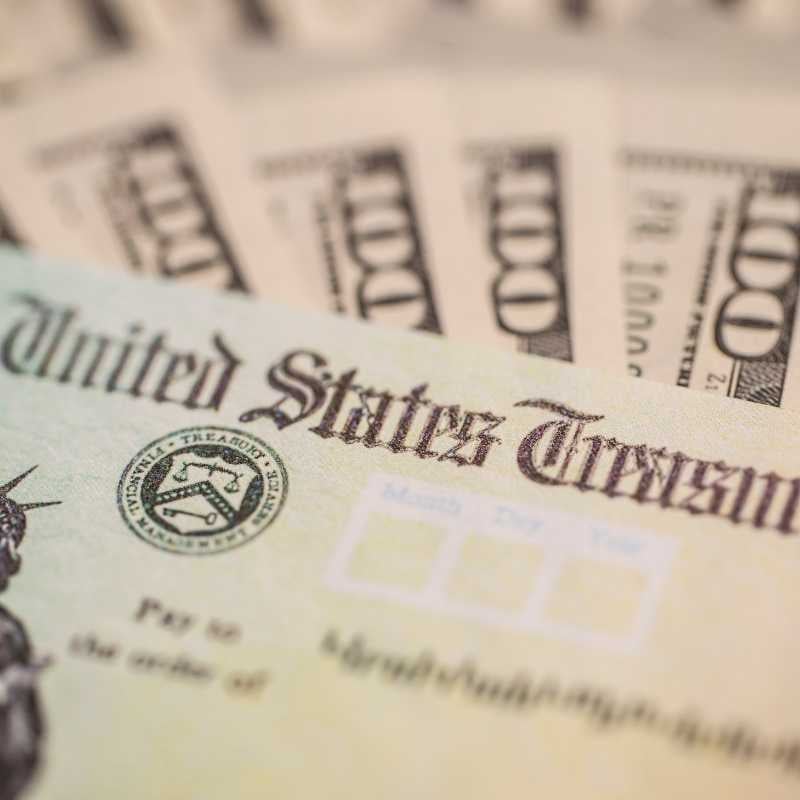


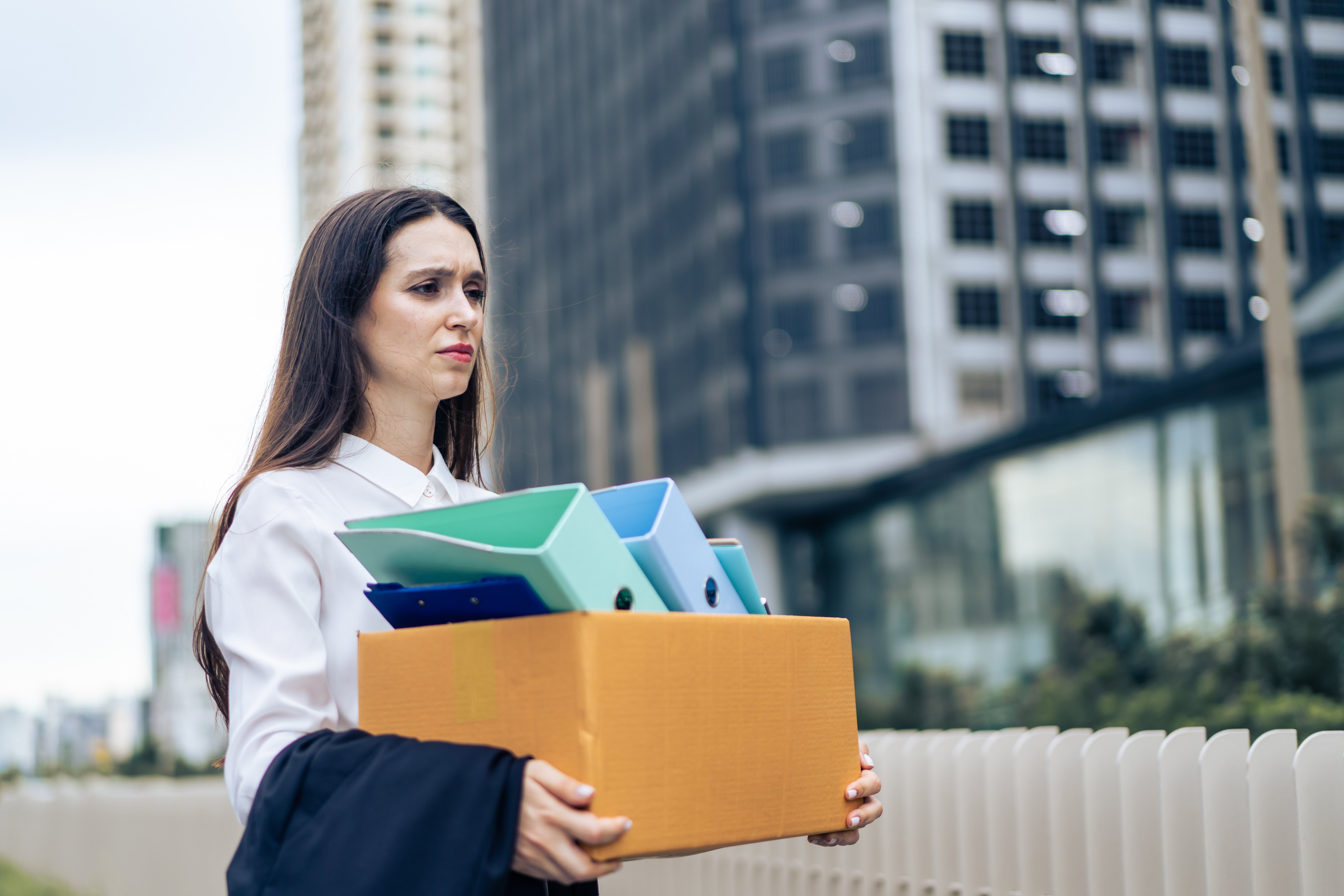
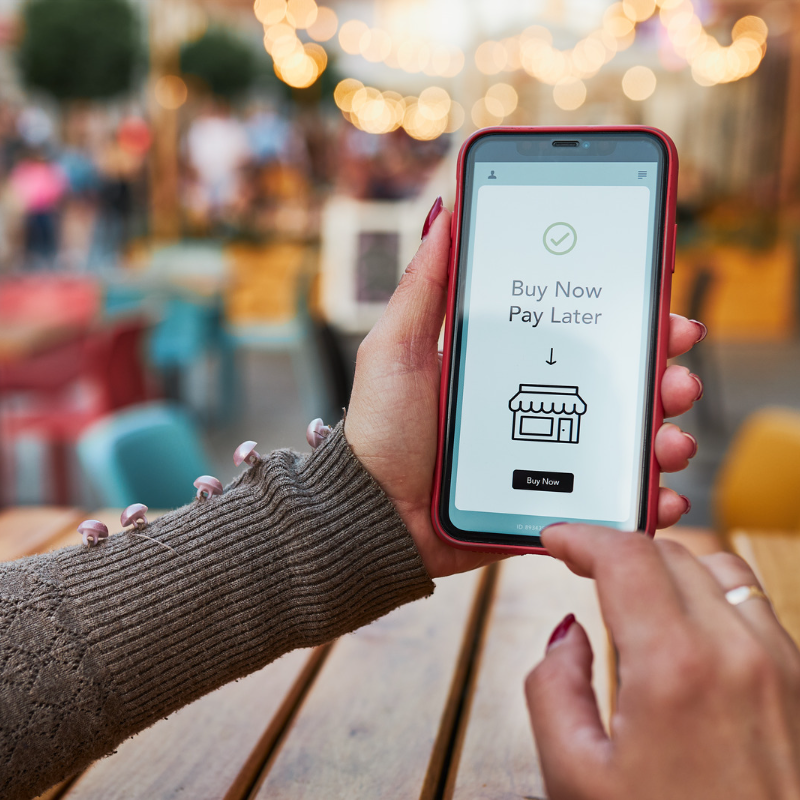
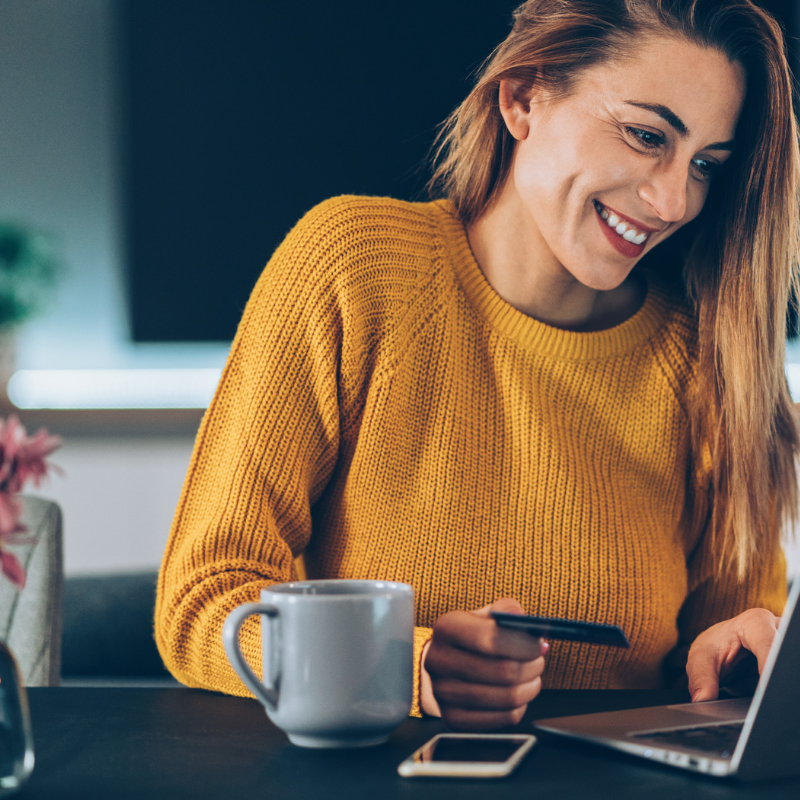


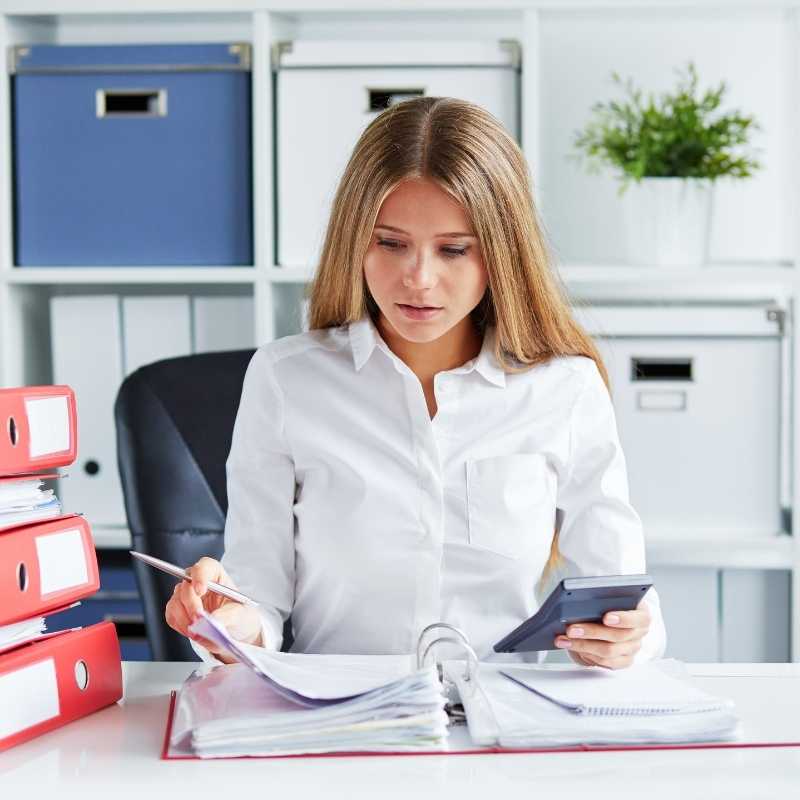

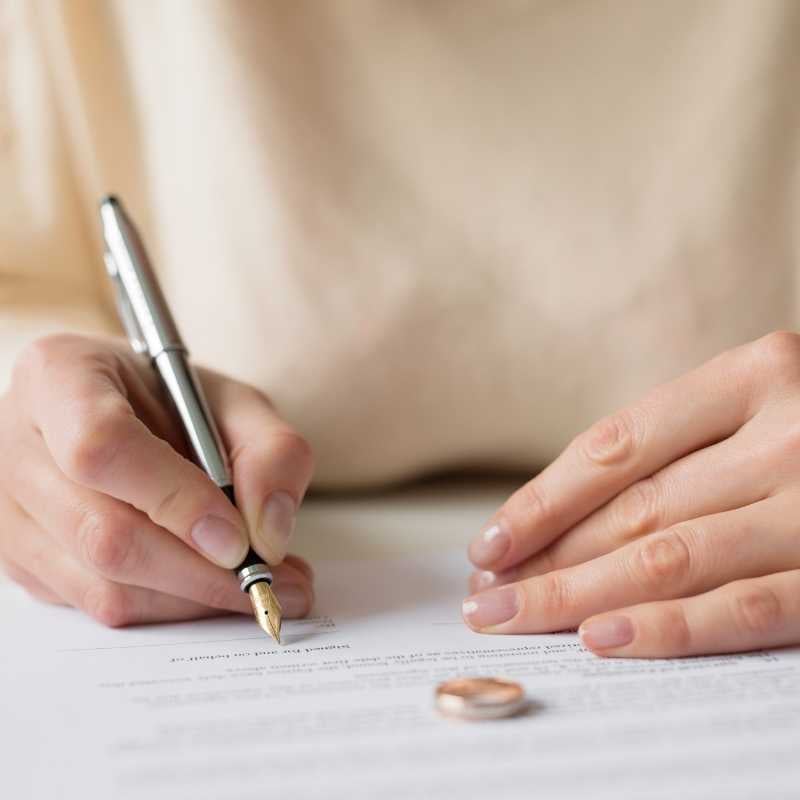


Comment